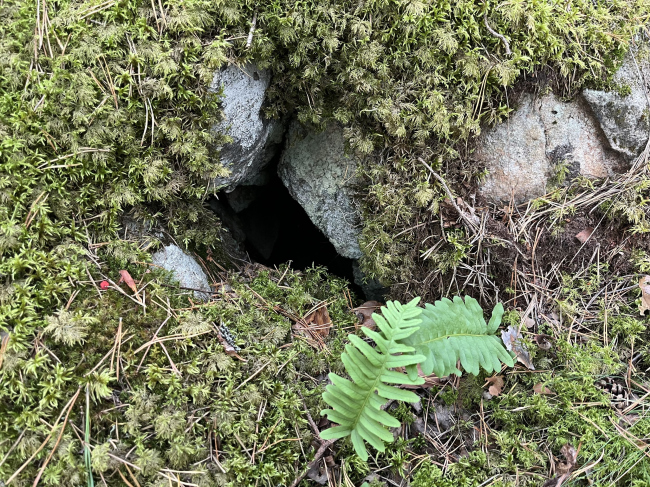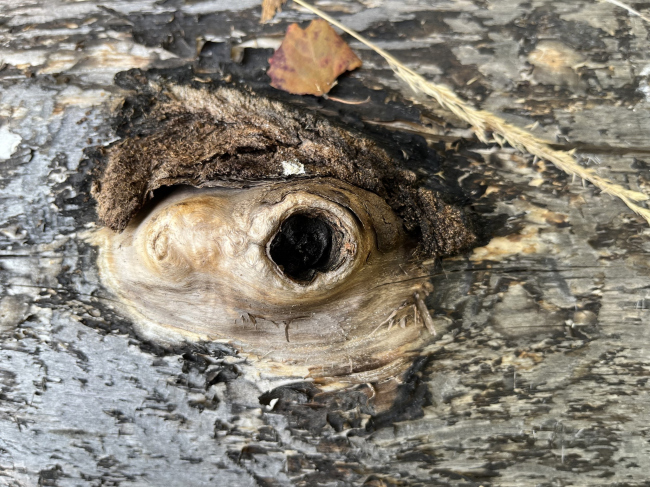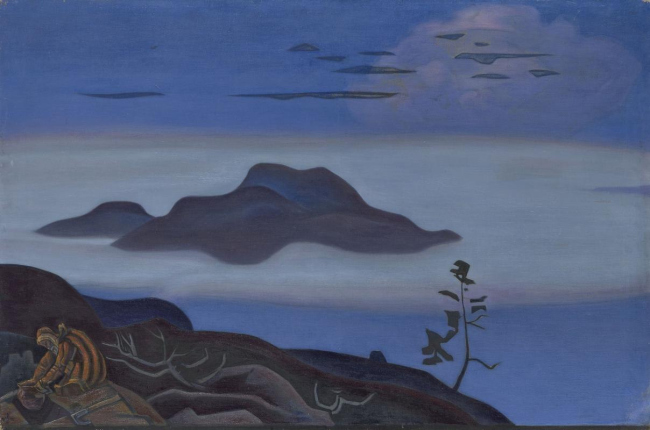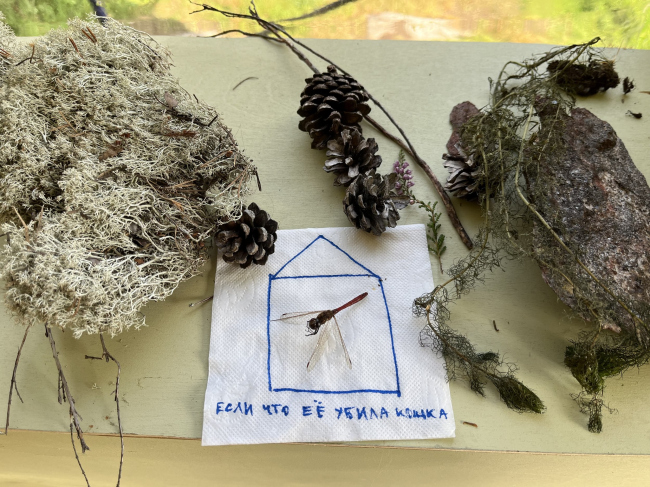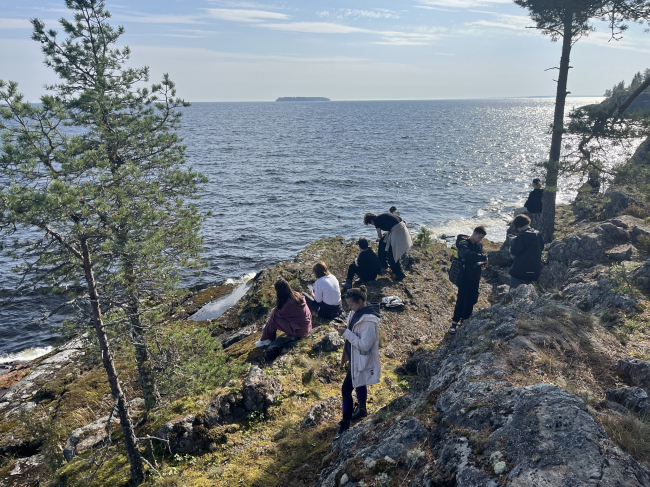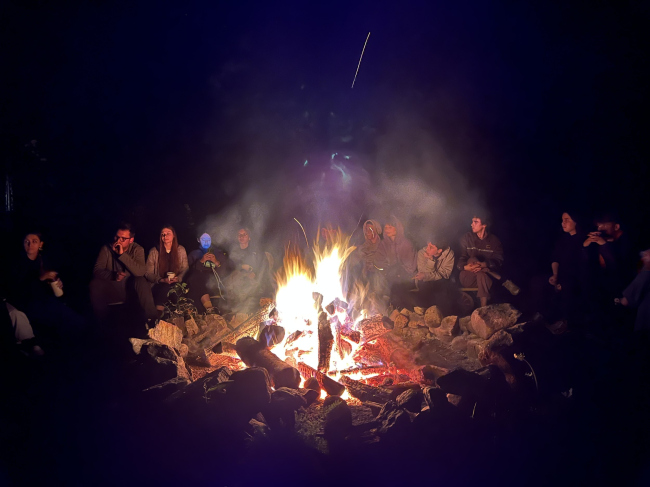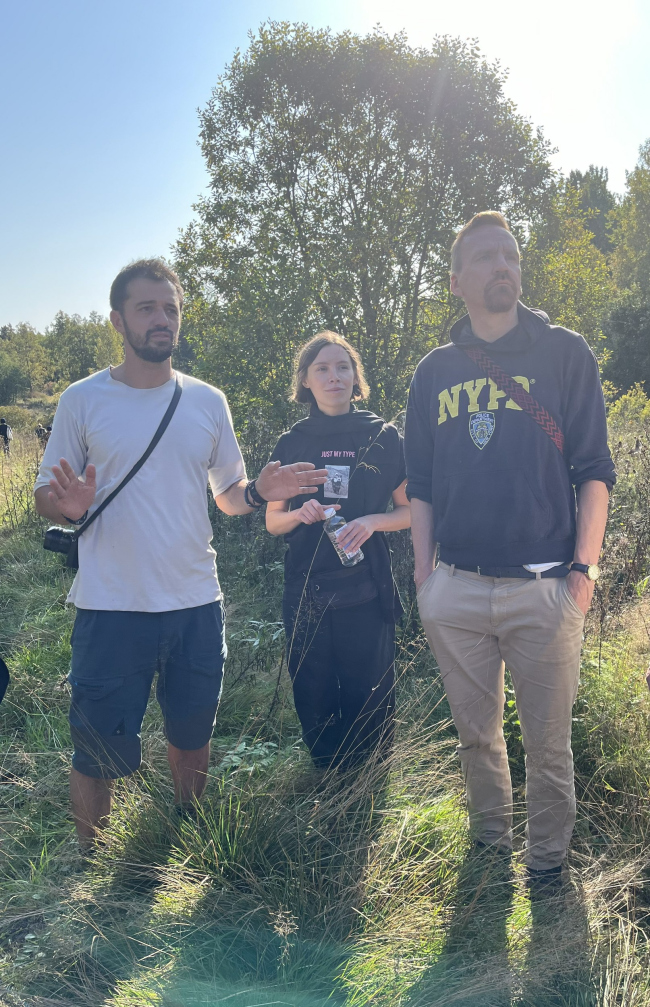|
Published on Archi.ru (https://archi.ru) |
|
| 25.10.2024 | |
|
Treasure Hunting |
|
|
Alyona Kuznetsova |
|
| Studio: | |
| GAFA Architects | |
|
The GAFA bureau, in collaboration with Tegola and Arkhitail, organized an expedition to the island of Kilpola in Karelia as part of Moskomarkhitektura’s “Open City” festival. There, amidst moss and rocks, the students sought answers to questions like: what is the sacred, where does it dwell, and what sustains it? Assisting the participants in this quest were landscape engineer Evgeny Levin, artist Nicholas Roerich, a moose, and the lack of cellular connection. Here’s how the story unfolded.
Where ancient rocks, in timeless, quiet rest,
Reflect in waters still, a mirror true, There, with a careful, tender hand impressed, Someone submerges treasure deep and blue. Nicholas Roerich This year, the “” festival unveils new dimensions under the curatorship of Tsymailo, Lyashenko & Partners. The theme they selected belongs to the realm of the timeless yet elusive and complex to discuss – “The Space of Spirit,” touching on both its religious context and its broader, secular significance. Despite many “buts” this choice feels deeply relevant, resonating with the oscillations of the . Our era has striking parallels to the period between the two World Wars. Much like back then, people are seeking grounding, explanations, and justifications to navigate reality and its darker sides. But now, these supports are often found outside traditional religious institutions – Nietzsche, breakthroughs in neuroscience, and an information landscape swollen to gargantuan proportions have changed things. More commonly, people turn to esotericism, mysticism, or wellness culture. Where once there was Helena Blavatsky, now we have Elena Blinovskaya. In this context, it indeed seems valuable to pause and contemplate both oneself and the eternal. What deity do I serve? What do I believe? To what standards do I hold my values? Who is the author of the starry sky and the moral law? And, more specifically – how does all this coexist within a city? Does the sacred still have a place in the everyday? Does it have a home? Reflecting the breadth of the theme, the festival offers an impressive array of engaging workshops. We took part in one of them. The Sacred Language of Nature GAFA proposed seeking the sacred through understanding nature’s language, a perspective that feels both logical and deeply authentic. If we assume that the sacred truly exists, it emerged long before us; in the “day” of the universe, humanity occupies at most the last few minutes. Thus, it’s plausible that the sacred is most purely expressed or concentrated outside human culture – in nature, which might be seen as an original source. Expedition to Kilpola Island as part of the “Open City” festival, 2024Copyright: Photograph © Alena Kuznetsova / Archi.ruRemember the , which centers on a concept from linguist ? The protagonist learns the aliens’ language, and in doing so gains the ability to foresee the future, absorbing a fundamental skill of these beings along with their language. Similarly, by learning nature’s language – a language that may indeed articulate the sacred – we might come closer to understanding the essence of the sacred itself. Expedition to Kilpola Island as part of the “Open City” festival, 2024Copyright: Photograph © Alena Kuznetsova / Archi.ruGAFA is not the first to search for traces of divinity in nature, yet their approach ingeniously aligns with reality. How much unspoiled nature remains even in our own country? People venture to the Putorana Plateau, the Katun River, or the volcanoes of Kamchatka in pursuit of it. Yet such journeys demand both time and resources, which are often scarce. Karelia, as an alternative, offers an abundance of primal wilderness and mystery, both near and elusive. And it’s here, in the Ladoga skerries, that Nicholas Roerich spent two very important years of his life. The Treasure, 1919Copyright: Nicholas RoerichWhy Roerich? In his flight log, Yuri Gagarin compared what he saw through the porthole to the colors of Roerich’s art. Many would recognize Roerich’s distinctive purple and blue canvases. He is sometimes playfully called the “Russian Indiana Jones” by some researchers – an archaeologist, traveler, artist, and thinker who pursued treasures of a different kind. We know a fair amount about Roerich’s time in Karelia: where he lived, that he created nearly , and that he developed his characteristic palette there. In his tale named , he describes the “joy and vigor” of the north. As cultural historian Dmitry Popov writes, in Karelia, “the master gazed ever more deeply into the eternal beauty of celestial constellations, increasingly wishing to unite them with the mysteries of the earth, ever more convinced in his search for kindred threads between the ‘here’ and the ‘there’.” The students of the workshop took on a similar quest during the expedition.  The Blue Mountain ValleyCopyright: Nicholas Roerich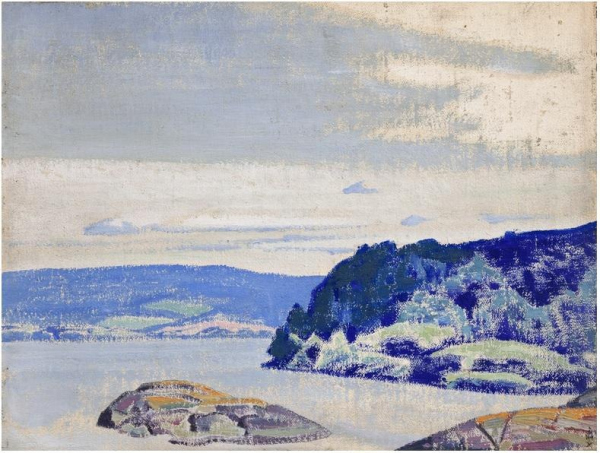 Blue Morning, 1917Copyright: Nicholas Roerich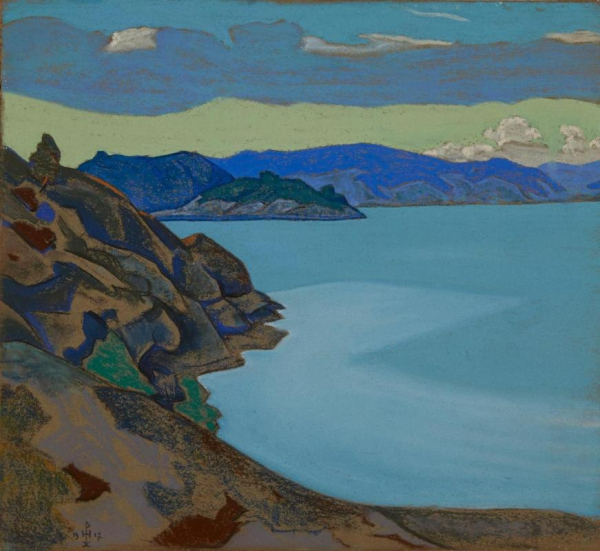 Humpola Lake, 1917Copyright: Nicholas Roerich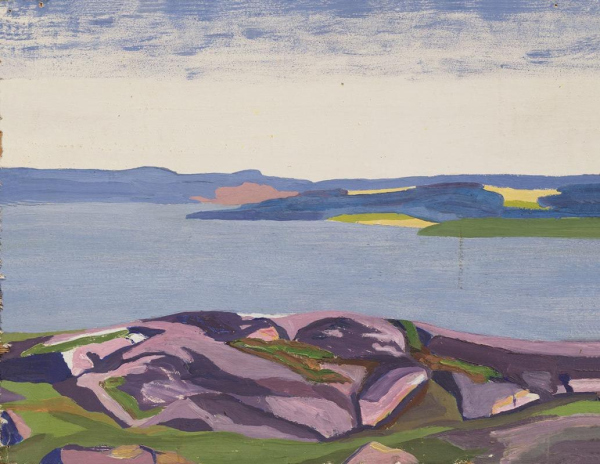 A Mountain Lake, etude, 1917Copyright: Nicholas Roerich Karelian Landscape, 1917Copyright: Nicholas Roerich Buried Treasure, 1917Copyright: Nicholas Roerich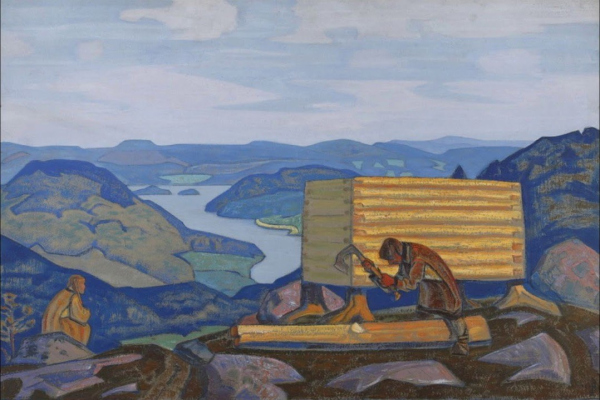 New House, 1917Copyright: Nicholas Roerich Birds of the Morning, 1917Copyright: Nicholas Roerich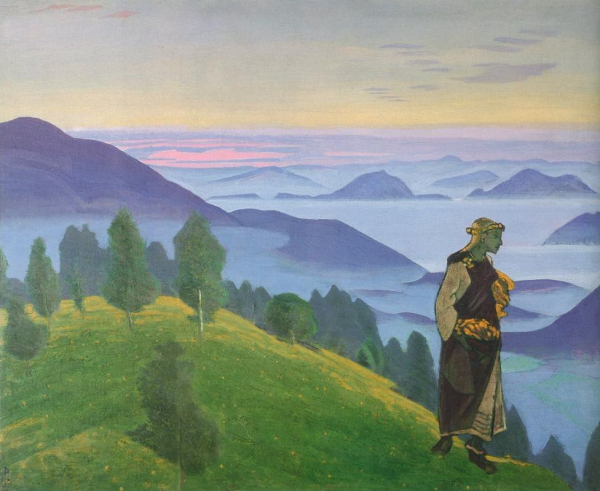 Viking′s Daughter, 1918Copyright: Nicholas Roerich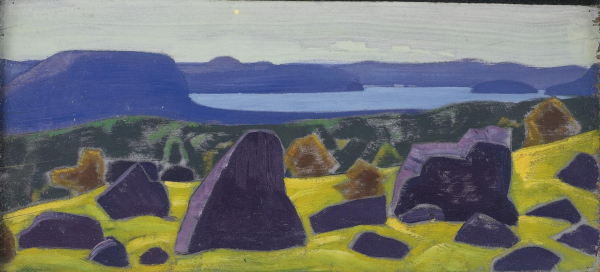 Etude, 1918Copyright: Nicholas Roerich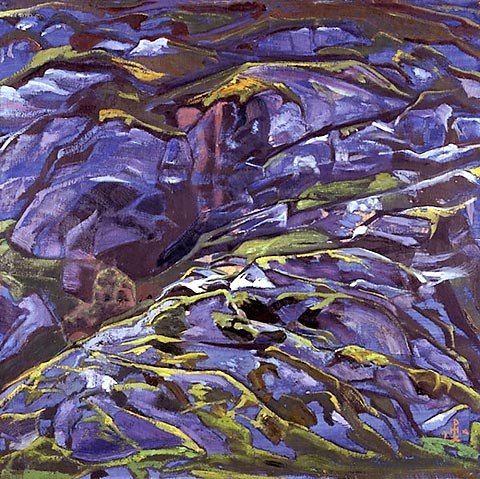 Karelian Landscape, 1918Copyright: Nicholas Roerich Karelian Landscape, 1918Copyright: Nicholas Roerich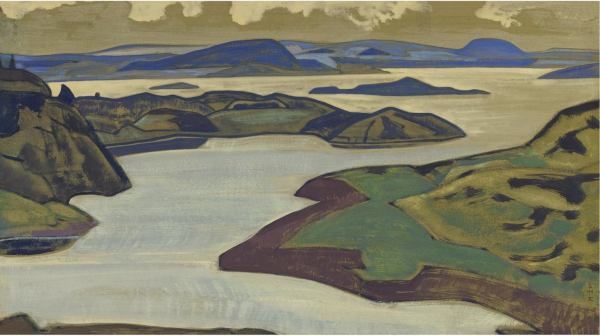 Islands, Ladoga Lake, 1918Copyright: Nicholas RoerichIn the Beginning Was the Word (and at the End) Many were eager to venture into Karelia – GAFA received 65 applications from students in Moscow, St. Petersburg, and Kazan, out of which only 15 could be selected. A fairly simple application exercise – an essay on “My Place of Power” – helped identify a motivated and diverse group. This also marked the first step in their reflections on the sacred. A touch of mystery accompanied the selection, as several participants turned out to be classmates from MARHI. This wasn’t intentional; all portfolios and essays were submitted anonymously to the workshop curators. The resulting group was indeed diverse – some of the participants were already employed at major architectural companies, others focused on industrial design, considered graduate studies in Milan, or questioned their career paths. Many had visited Karelia or similar places, while others were tasting lingonberries or walking barefoot on moss for the first time. Expedition to Kilpola Island as part of the “Open City” festival, 2024Copyright: Photograph © Alena Kuznetsova / Archi.ruOne of the outcomes of the expedition will be a book, with each chapter dedicated to different aspects of the sacred. For this reason, during their forest walks, the students were encouraged to capture their thoughts, and then develop them into more profound essays. Expedition to Kilpola Island as part of the “Open City” festival, 2024Copyright: Photograph © Alena Kuznetsova / Archi.ruThe Student Team
Anastasia Belogortseva, Anna Varankina, Alexandra Golovina, Valeria Davydova, Darya Zinovskaya, Vadim Issers, Alyona Kupriyanova, Vladislav Lobko, Yegor Maksimov, Inga Nellina, Dmitry Podlyagaev, Nadira Sardarova, Polina Timoshenko, Danil Tkachev, Maria Fomina, Yelizaveta Sharipova
Expedition to Kilpola Island as part of the “Open City” festival, 2024Copyright: Photograph © Alena Kuznetsova / Archi.ruGuides and Magical Helpers
The expedition took place on the island of Kilpola – a spot not far from the place where Roerich once lived on a smaller neighboring island. Here, it’s easy to encounter a moose, wild boar, or hare, to be startled by the nighttime silence, to see stars and the northern lights, to feast on blueberries, and to fill a basket with chanterelles within minutes.
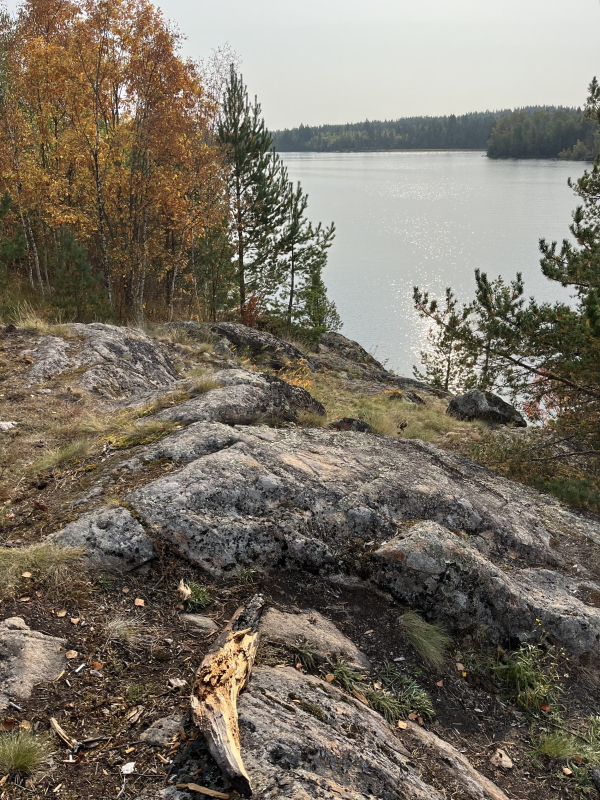 Expedition to Kilpola Island as part of the “Open City” festival, 2024Copyright: Photograph © Alena Kuznetsova / Archi.ru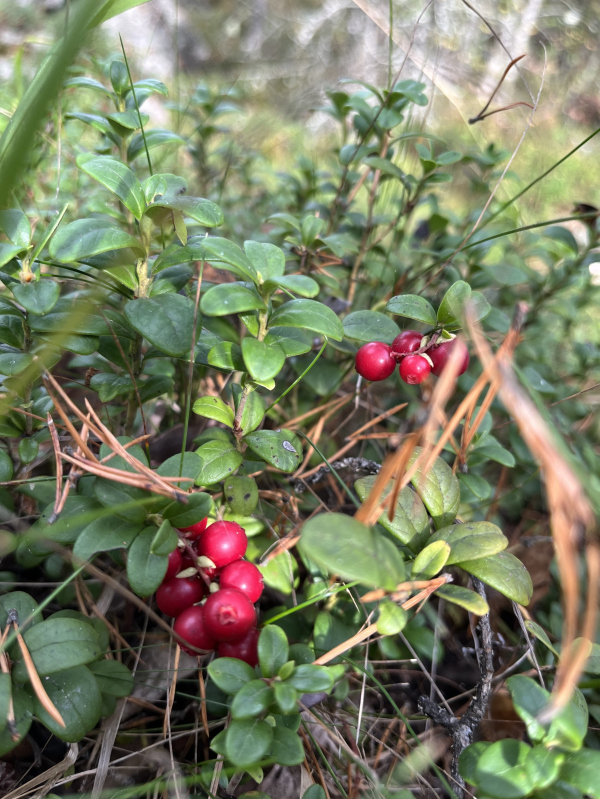 Expedition to Kilpola Island as part of the “Open City” festival, 2024Copyright: Photograph © Alena Kuznetsova / Archi.ruOne of the skerries hosts the retreat center which served as the workshop’s base camp. The center offers a modest asceticism well-suited to the expedition’s purpose: the menu is meat-free, there’s almost no cell reception or Wi-Fi, facilities are outdoors, and you’re expected to wash your own dishes. Yet only a hundred meters from the cabins, you’re surrounded by wild forest, and without an offline map, it’s easy to get lost in it. Under the guidance of the center’s founder, Alexander Argelander, the participants ventured into the most remote parts of the forest. Such walks showed that the sacred remains inaudible in a crowd; it requires solitude and silence.
 Expedition to Kilpola Island as part of the “Open City” festival, 2024Copyright: Photograph © Alena Kuznetsova / Archi.ru Expedition to Kilpola Island as part of the “Open City” festival, 2024Copyright: Photograph © Alena Kuznetsova / Archi.ru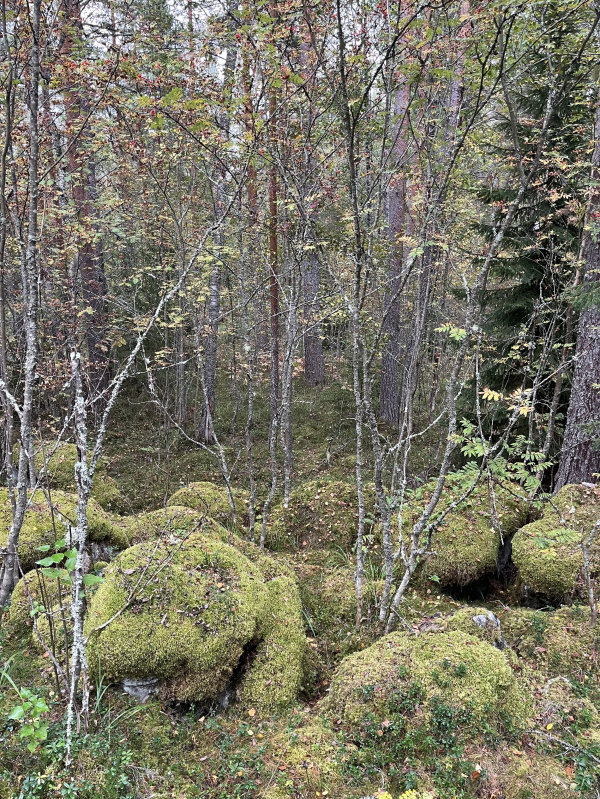 Expedition to Kilpola Island as part of the “Open City” festival, 2024Copyright: Photograph © Alena Kuznetsova / Archi.ruContrary to the harsh northern stereotype, the Karelian Isthmus dazzles with an incredible variety of colors and landscapes. Landscape engineer – a highlight of the trip – helped the group of students appreciate the genius of evolution and the divine beauty of natural forms. Walking kilometers along trails (and often off-trail as well), they frequently stopped to admire nature’s designs. Here, a boulder with a sloping edge forms a platform for a delicate composition: fern fronds grow through a moss carpet, yellow birch leaves scatter gracefully, a red berry adds a focal point, and a mushroom balances the arrangement. Symbiosis, beauty, and harmony – a beautiful name for a new chapter! Moving on, they find marvelous wetland meadows that filter heavy metals from water, and smooth stone basins within granite – Jun’ya Ishigami’s work is impressive, but even he cannot match the natural perfection of the shapes created by the waves. Nearby, colorful lichens resemble a fisherman’s camouflage jacket. Succession, root systems, material cycling, fungal networks – the group eagerly scribbled notes. Evgeny’s enthusiasm was infectious, connecting what they saw with real-life applications: sponge cities, shade and rain gardens. 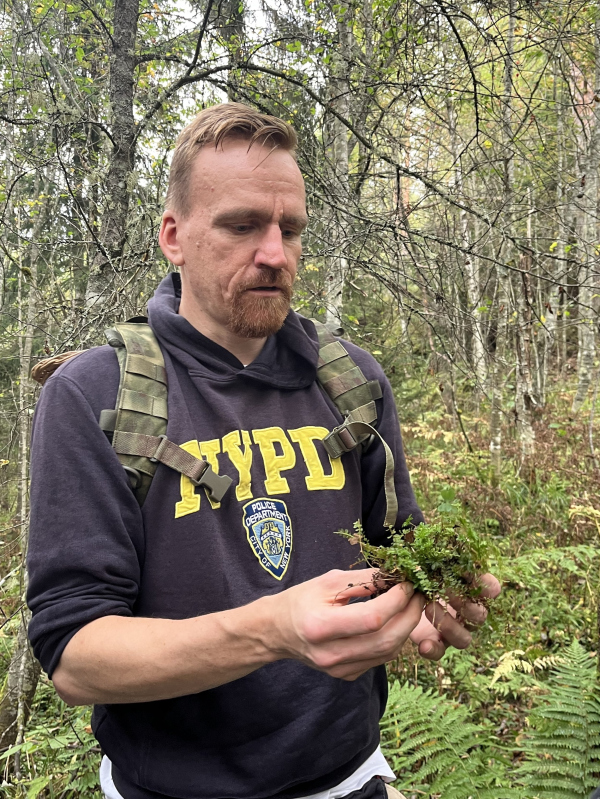 Expedition to Kilpola Island as part of the “Open City” festival, 2024Copyright: Photograph © Alena Kuznetsova / Archi.ru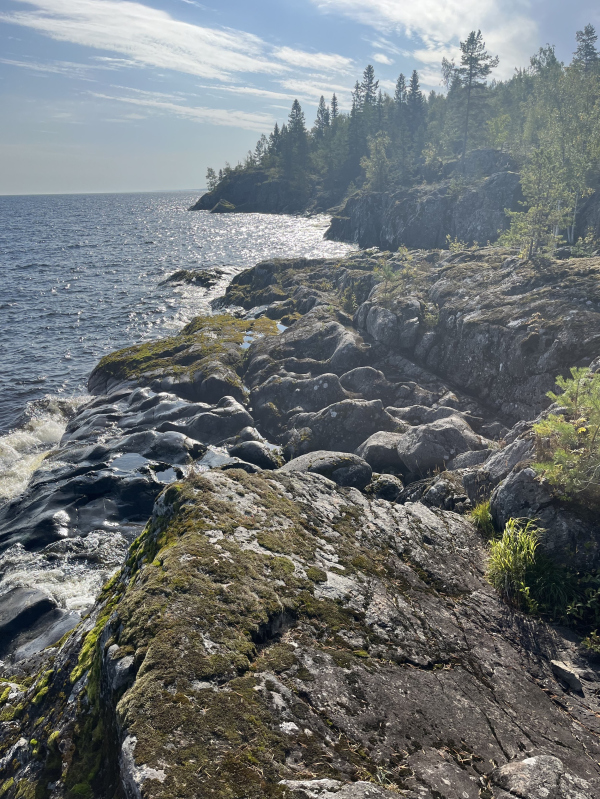 Expedition to Kilpola Island as part of the “Open City” festival, 2024Copyright: Photograph © Alena Kuznetsova / Archi.ru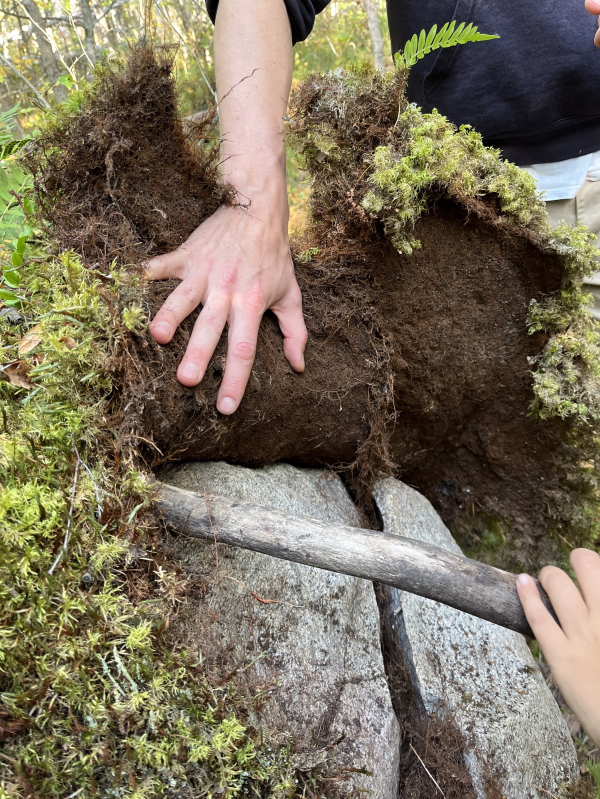 Expedition to Kilpola Island as part of the “Open City” festival, 2024Copyright: Photograph © Alena Kuznetsova / Archi.ru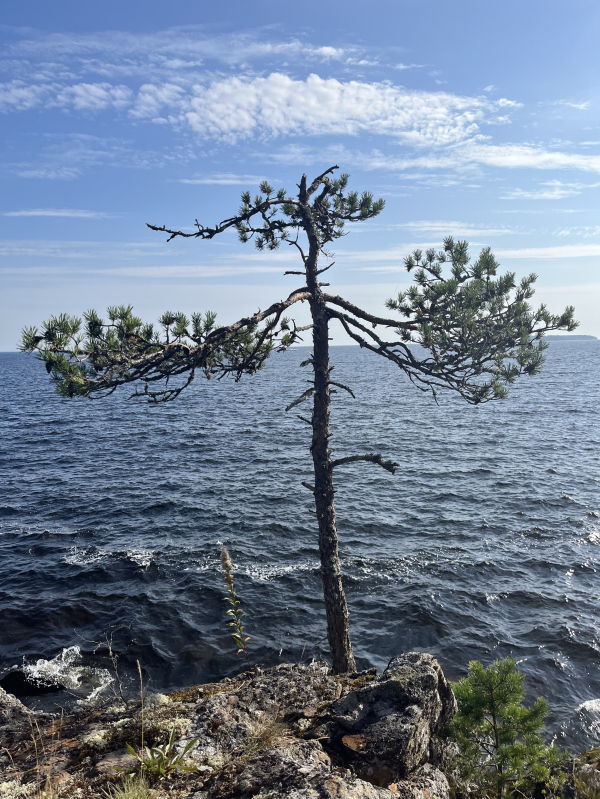 Expedition to Kilpola Island as part of the “Open City” festival, 2024Copyright: Photograph © Alena Kuznetsova / Archi.ru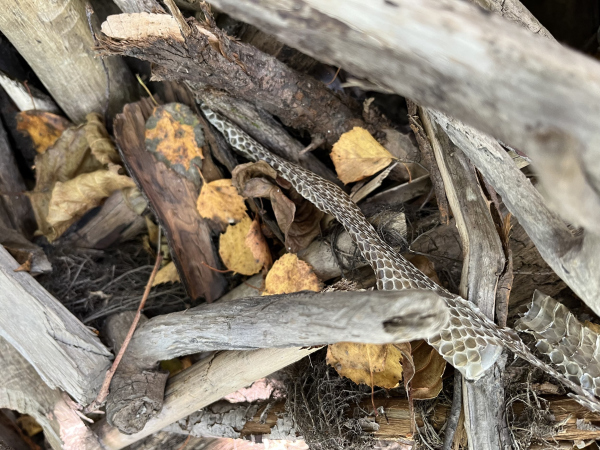 Expedition to Kilpola Island as part of the “Open City” festival, 2024Copyright: Photograph © Alena Kuznetsova / Archi.ru Expedition to Kilpola Island as part of the “Open City” festival, 2024Copyright: Photograph © Alena Kuznetsova / Archi.ru Expedition to Kilpola Island as part of the “Open City” festival, 2024Copyright: Photograph © Alena Kuznetsova / Archi.ru Expedition to Kilpola Island as part of the “Open City” festival, 2024Copyright: Photograph © Alena Kuznetsova / Archi.ru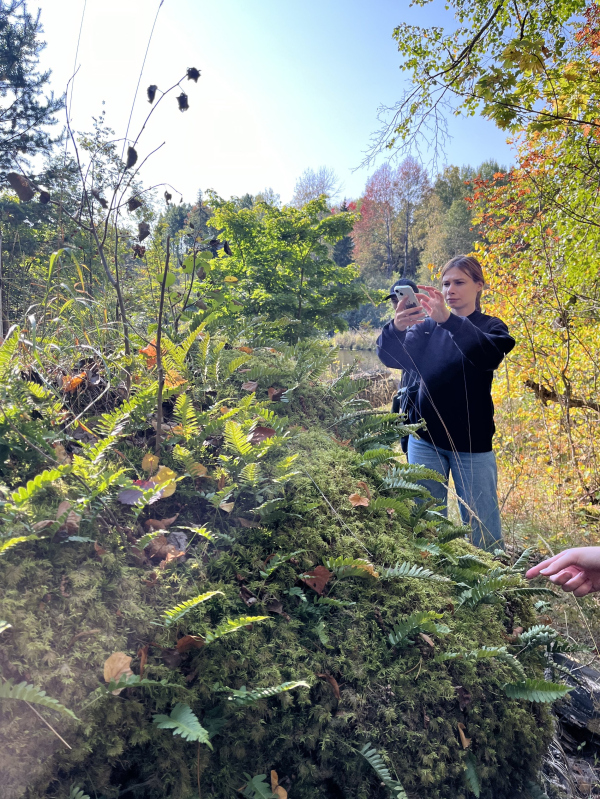 Expedition to Kilpola Island as part of the “Open City” festival, 2024Copyright: Photograph © Alena Kuznetsova / Archi.ru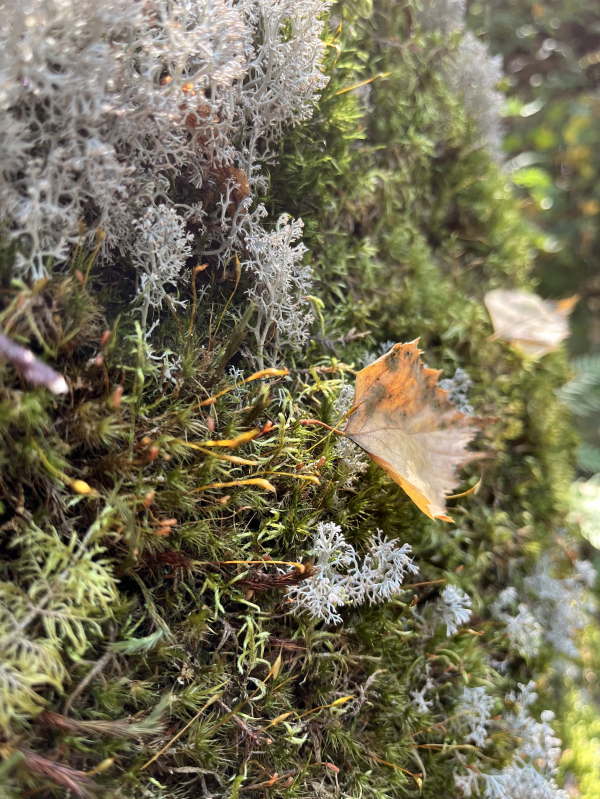 Expedition to Kilpola Island as part of the “Open City” festival, 2024Copyright: Photograph © Alena Kuznetsova / Archi.ruThe packed schedule included not only forest hikes but also lectures, qigong, plein air painting sessions, and various workshops, ensuring no one left without answers. Victoria Gavalidi acted as a catalyst for the group’s mental explorations, keeping everyone on their toes with questions that sparked discussion. With each hour, ideas about the sacred multiplied, definitions grew more complex, sometimes gaining clarity, sometimes losing it. Grigorios Gavalidis, a skilled moderator, helped keep thoughts grounded, guiding and refining them. Yet, at one fireside “meeting”, he observed, “We won’t find the sacred. First, you need to understand who you are, define the person”. Perhaps he was right – understanding the sacred is a journey, one that may never reach a definitive truth. Yet there is great value in the search itself. Expedition to Kilpola Island as part of the “Open City” festival, 2024Copyright: Photograph © Alena Kuznetsova / Archi.ruThere was also space for leisure – an essential part of the creative life. Free time was used in myriad ways: some of the students painted, others climbed hills to commune with the local spirit, or floated on paddleboards in the cold waters of Lake Ladoga, feeling like explorers landing on untouched islands. Many rose before dawn to greet the sun from the water. They drank tea with Vasily. And in these quiet moments, perhaps, they best heard their own inner voice.  Expedition to Kilpola Island as part of the “Open City” festival, 2024Copyright: Photograph © Alena Kuznetsova / Archi.ru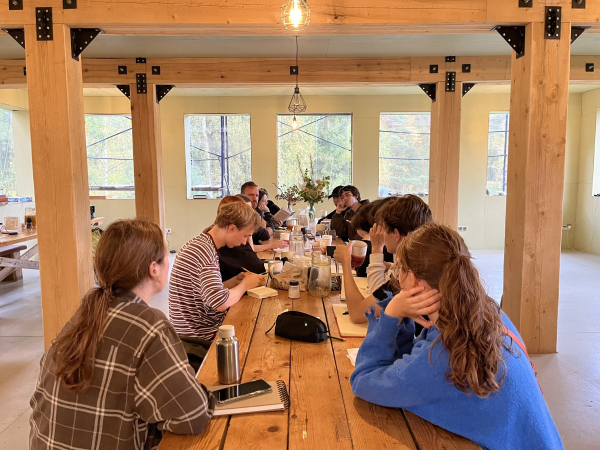 Expedition to Kilpola Island as part of the “Open City” festival, 2024Copyright: Photograph © Alena Kuznetsova / Archi.ru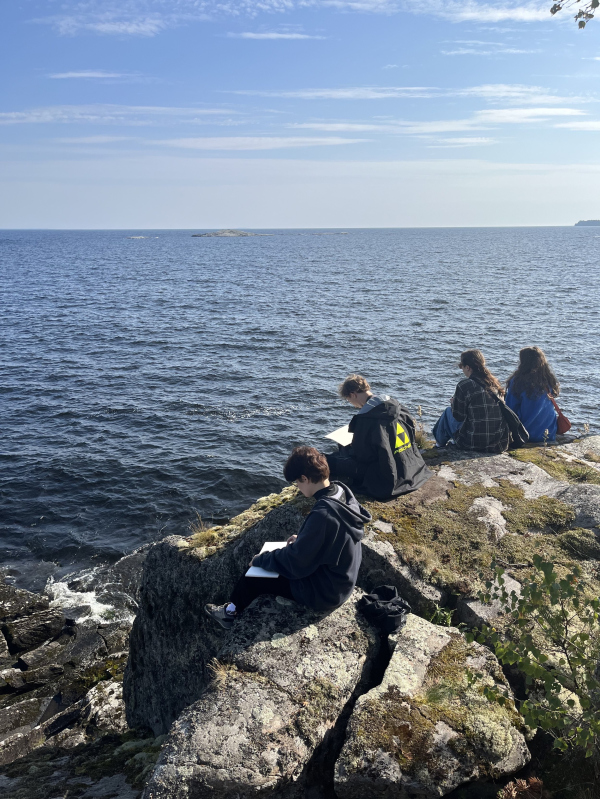 Expedition to Kilpola Island as part of the “Open City” festival, 2024Copyright: Photograph © Alena Kuznetsova / Archi.ru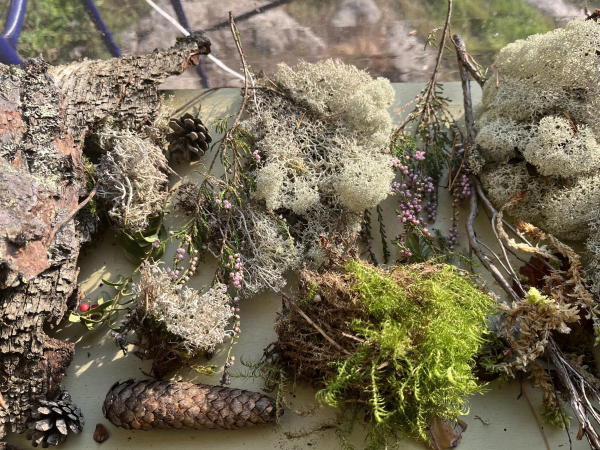 Expedition to Kilpola Island as part of the “Open City” festival, 2024Copyright: Photograph © Alena Kuznetsova / Archi.ru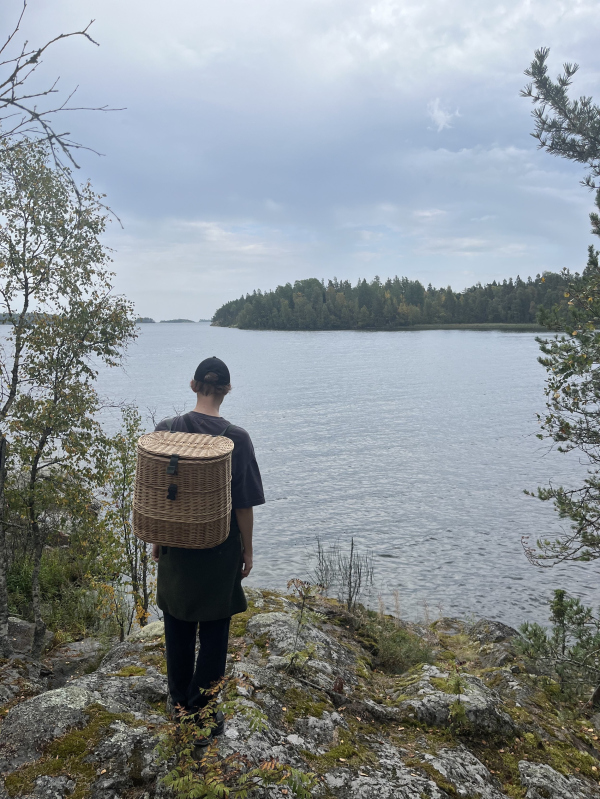 Expedition to Kilpola Island as part of the “Open City” festival, 2024Copyright: Photograph © Alena Kuznetsova / Archi.ru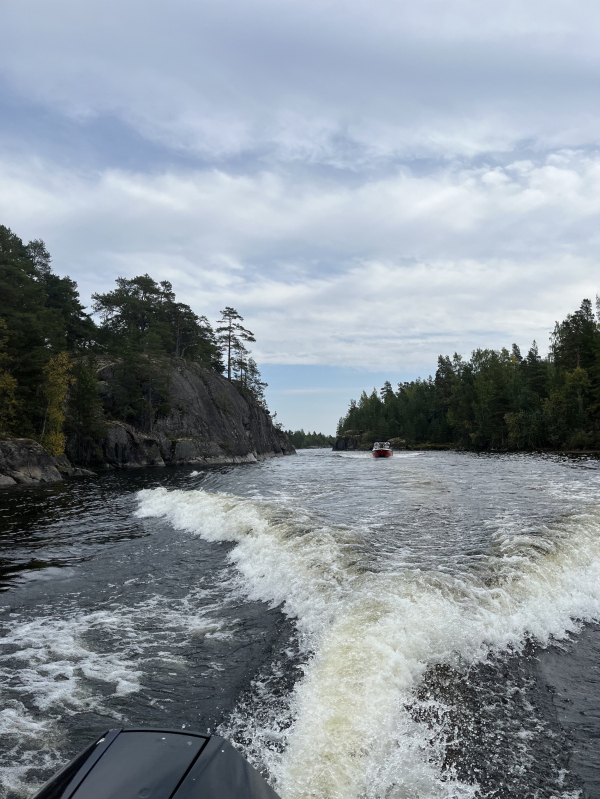 Expedition to Kilpola Island as part of the “Open City” festival, 2024Copyright: Photograph © Alena Kuznetsova / Archi.ru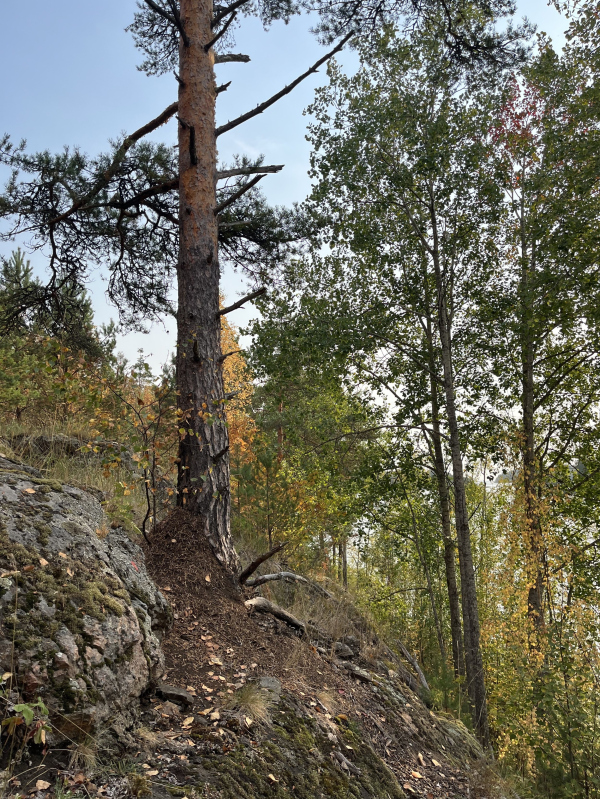 Expedition to Kilpola Island as part of the “Open City” festival, 2024Copyright: Photograph © Alena Kuznetsova / Archi.ruWhere the Moose Goes Talking about the sacred in the language of nature proved to be quite simple: participants frequently referred to roots, cycles of life and death, adaptation, and symbiosis, all while gazing at the endlessly diverse patterns around them. At one point, the moose became a symbol for their discussions. Where is it headed, and what is it thinking? Grigorios shared his experience of encountering this creature on a forest path – it seemed to an urban dweller like an alien being, its eyes reflecting the wisdom of the universe. The tale of the moose even made its way to Sergey Kuznetsov upon their return to Moscow. Grigorios Gavalidis, Victoria Gavalidi, Evgeny Levin. Expedition to Kilpola Island as part of the “Open City” festival, 2024Copyright: Photograph © Alena Kuznetsova / Archi.ruAs a result, each participant found their own sense of the sacred, which they will express through drawings and text for the collective book. The students also collected various artifacts during the expedition to create a unified panel. A third outcome of the workshop will be a film that intersperses reflections on the sacred with scenes of the Karelian landscapes. Given the intensive work of two cameramen, it promises to be visually stunning. The festival’s final exhibition, which will showcase the outcomes of the Karelian expedition, will take place in November at the “Ruin” wing of the Shchusev Museum of Architecture. This journey was made possible through the support of like-minded companies, including , , and the project. 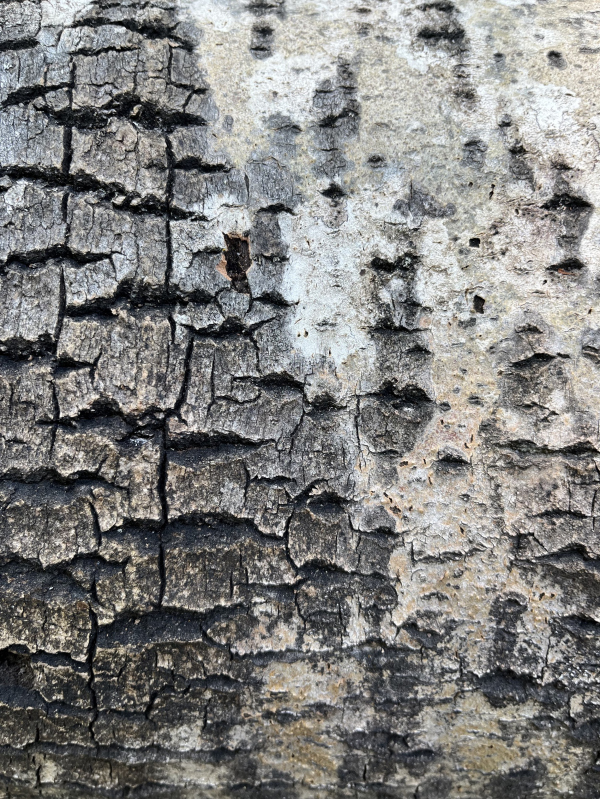 Expedition to Kilpola Island as part of the “Open City” festival, 2024Copyright: Photograph © Alena Kuznetsova / Archi.ru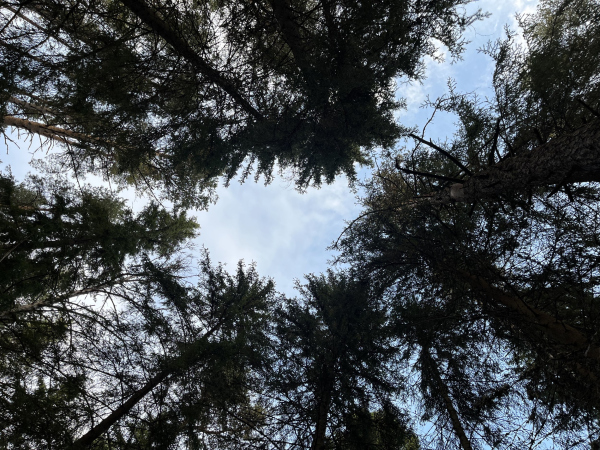 Expedition to Kilpola Island as part of the “Open City” festival, 2024Copyright: Photograph © Alena Kuznetsova / Archi.ru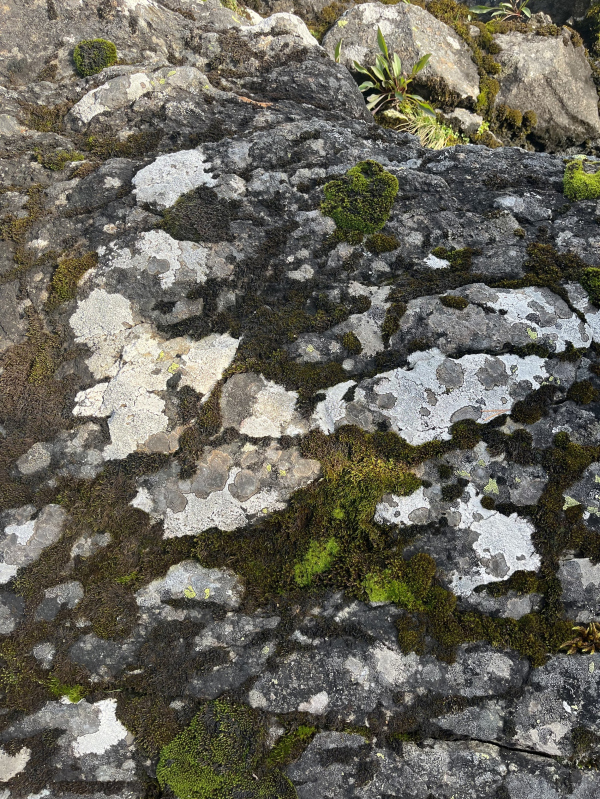 Expedition to Kilpola Island as part of the “Open City” festival, 2024Copyright: Photograph © Alena Kuznetsova / Archi.ru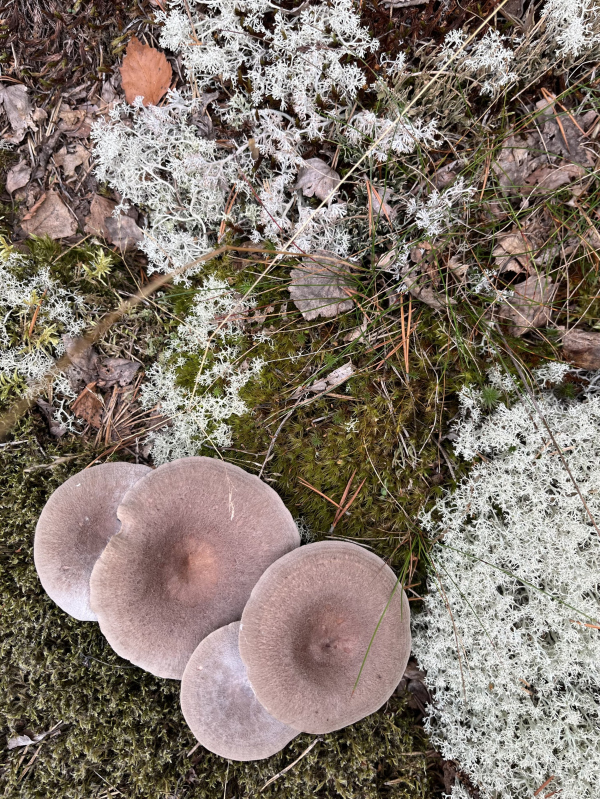 Expedition to Kilpola Island as part of the “Open City” festival, 2024Copyright: Photograph © Alena Kuznetsova / Archi.ru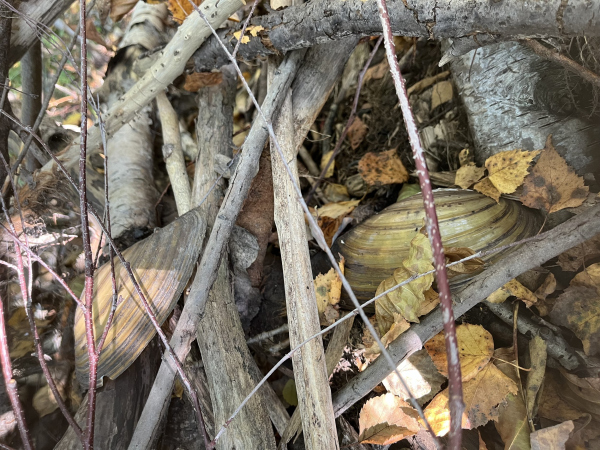 Expedition to Kilpola Island as part of the “Open City” festival, 2024Copyright: Photograph © Alena Kuznetsova / Archi.ru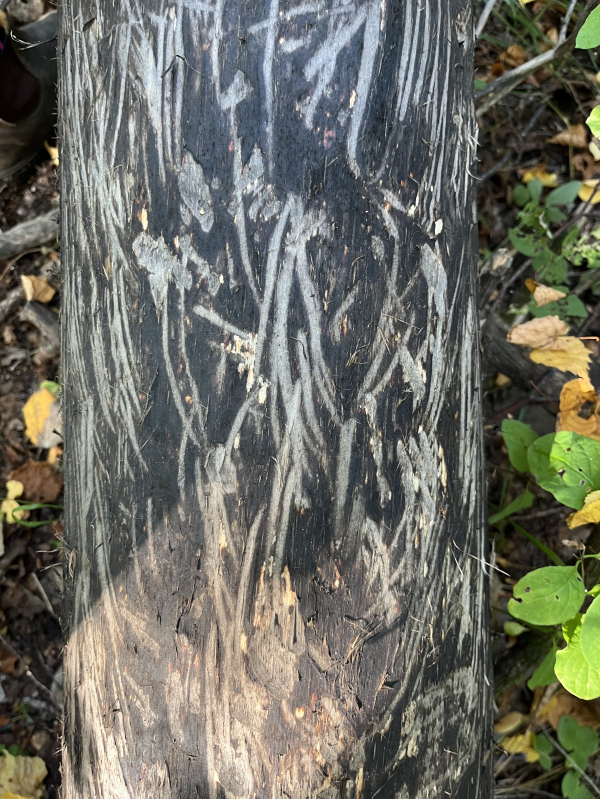 Expedition to Kilpola Island as part of the “Open City” festival, 2024Copyright: Photograph © Alena Kuznetsova / Archi.ru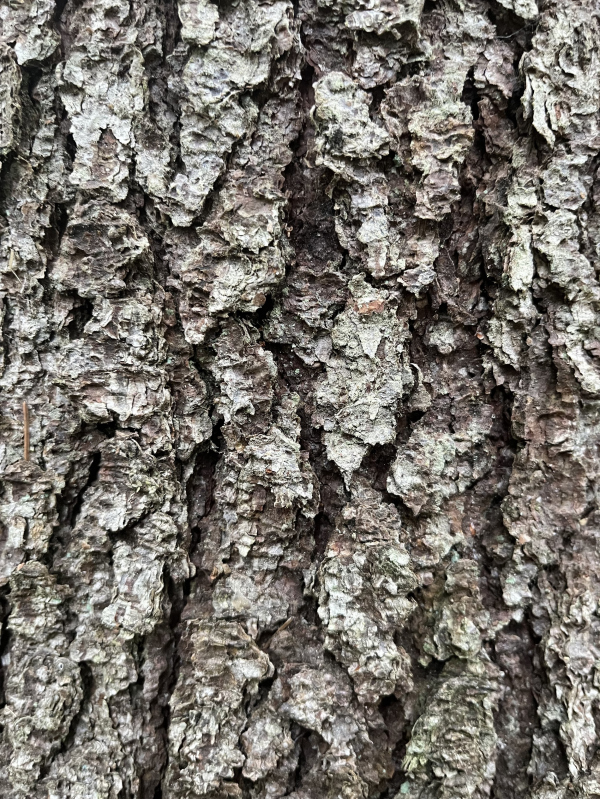 Expedition to Kilpola Island as part of the “Open City” festival, 2024Copyright: Photograph © Alena Kuznetsova / Archi.ru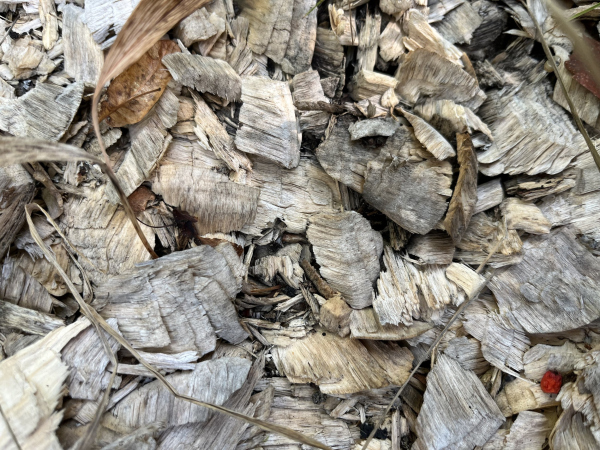 Expedition to Kilpola Island as part of the “Open City” festival, 2024Copyright: Photograph © Alena Kuznetsova / Archi.ru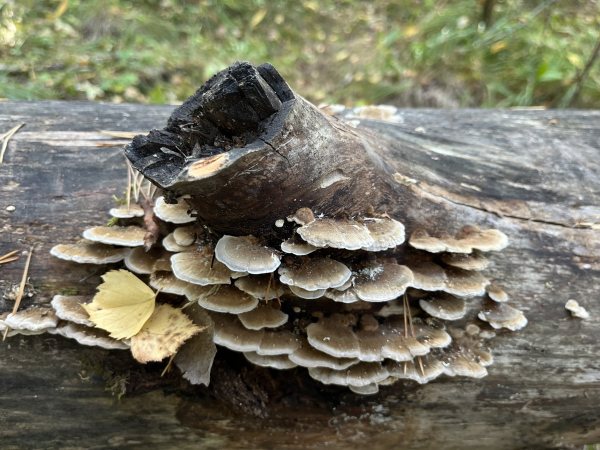 Expedition to Kilpola Island as part of the “Open City” festival, 2024Copyright: Photograph © Alena Kuznetsova / Archi.ru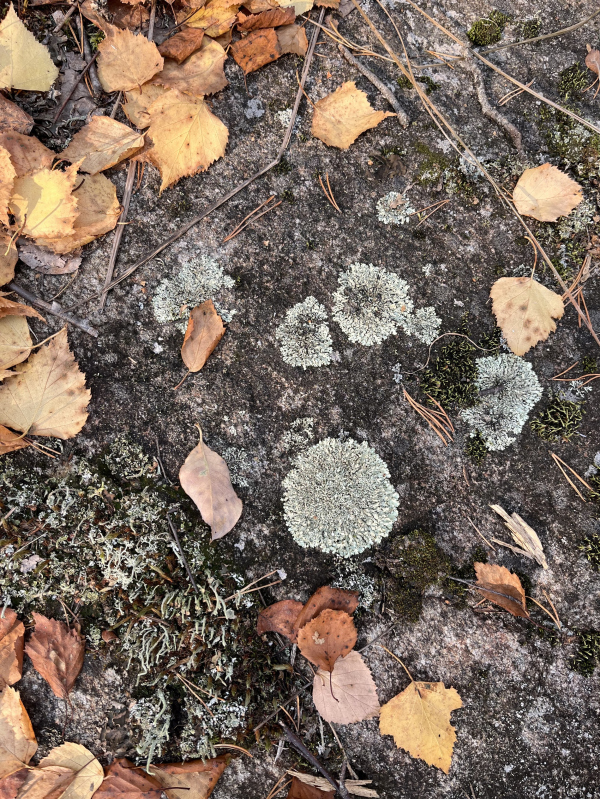 Expedition to Kilpola Island as part of the “Open City” festival, 2024Copyright: Photograph © Alena Kuznetsova / Archi.ru Expedition to Kilpola Island as part of the “Open City” festival, 2024Copyright: Photograph © Alena Kuznetsova / Archi.ru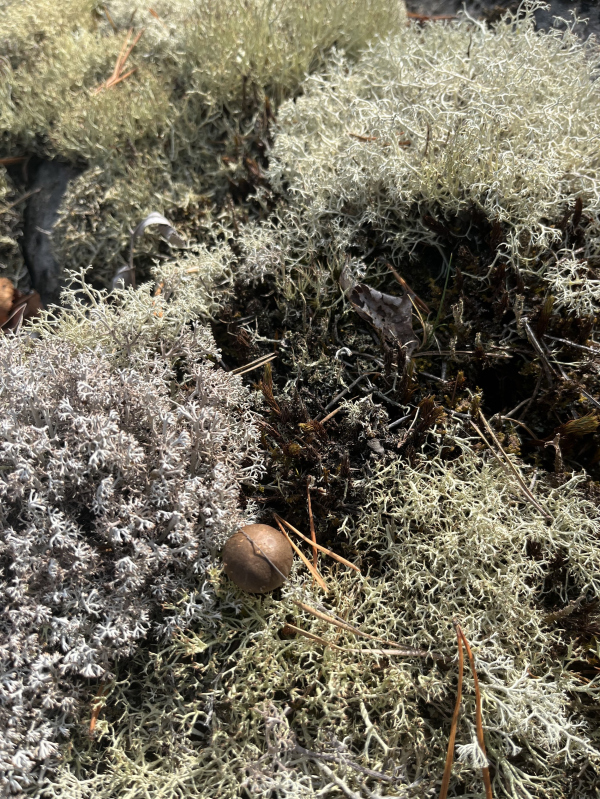 Expedition to Kilpola Island as part of the “Open City” festival, 2024Copyright: Photograph © Alena Kuznetsova / Archi.ru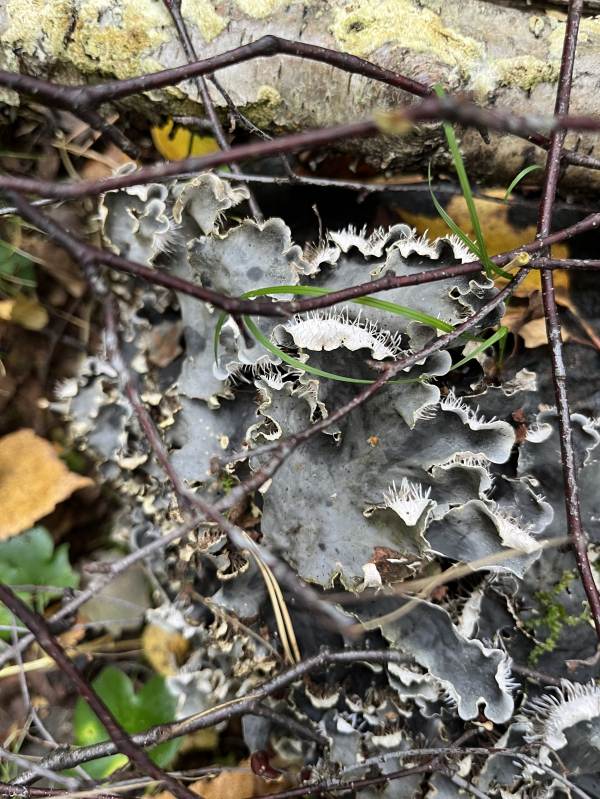 Expedition to Kilpola Island as part of the “Open City” festival, 2024Copyright: Photograph © Alena Kuznetsova / Archi.ru Expedition to Kilpola Island as part of the “Open City” festival, 2024Copyright: Photograph © Alena Kuznetsova / Archi.ru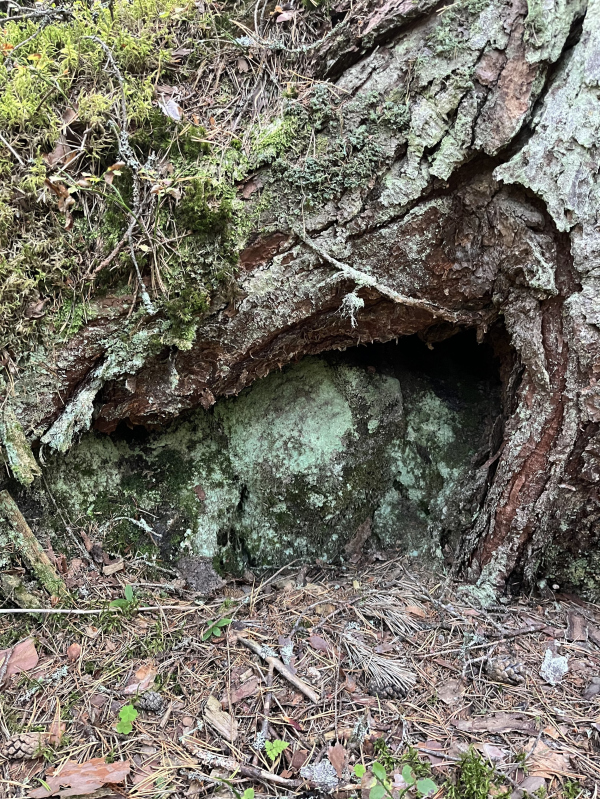 Expedition to Kilpola Island as part of the “Open City” festival, 2024Copyright: Photograph © Alena Kuznetsova / Archi.ru |
|
